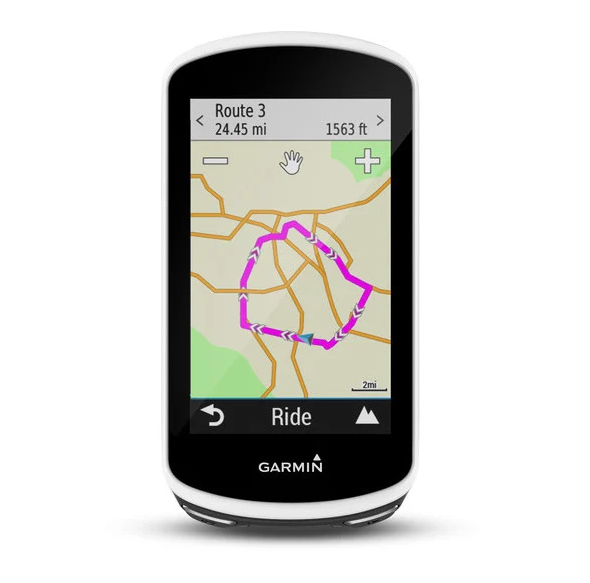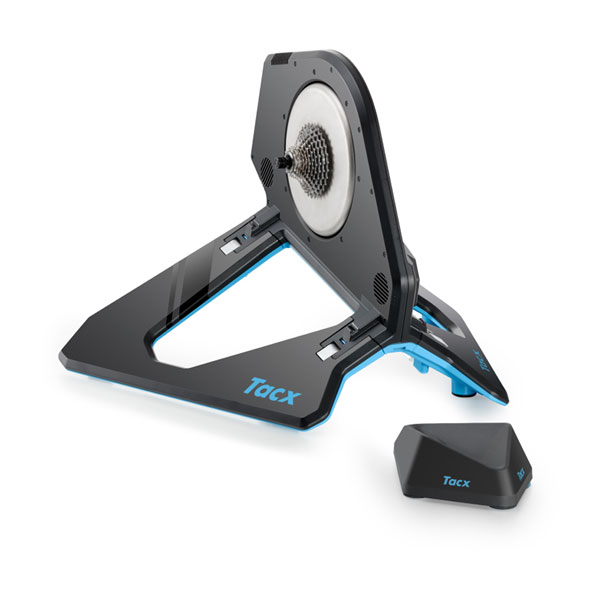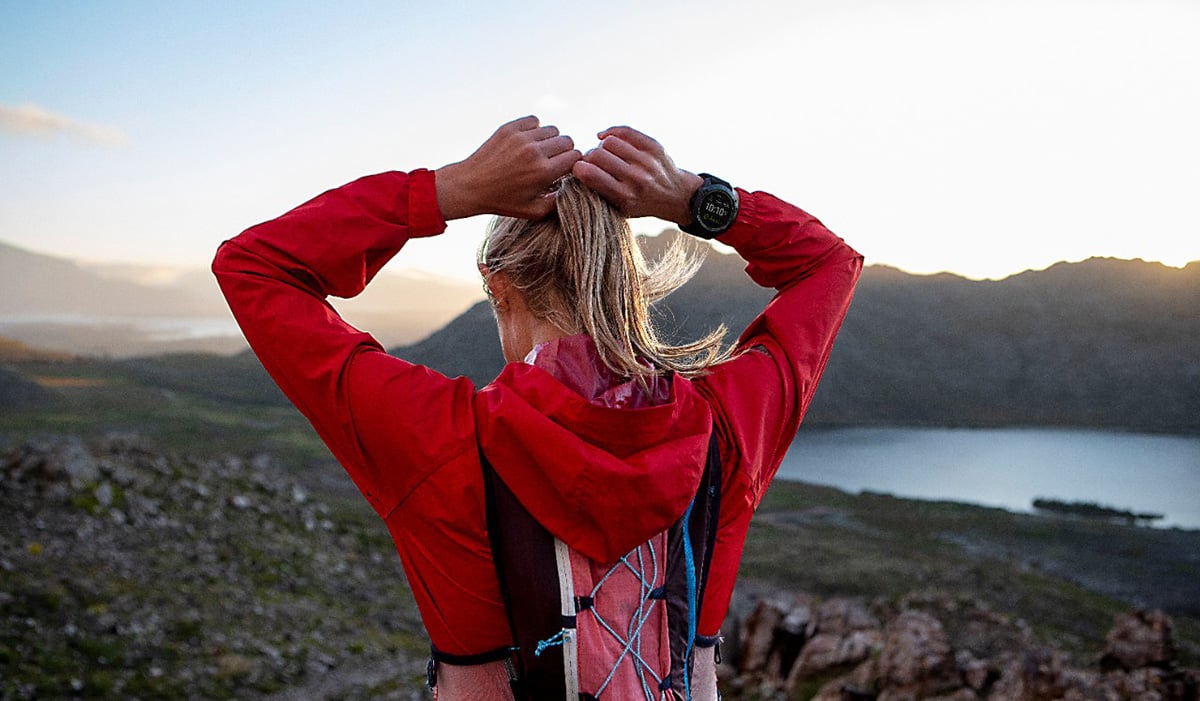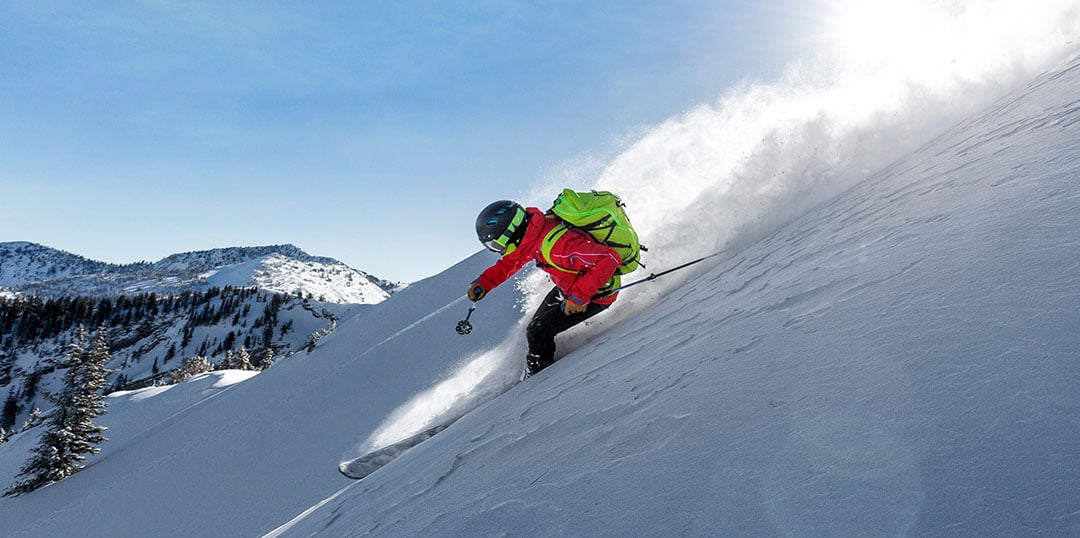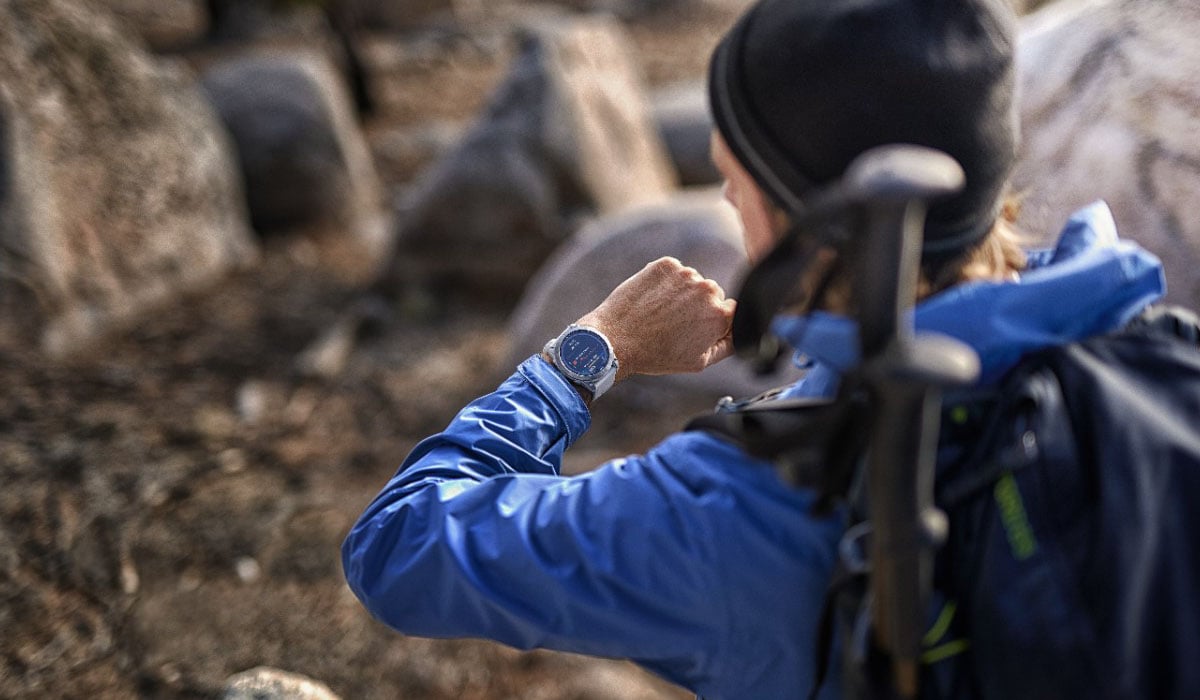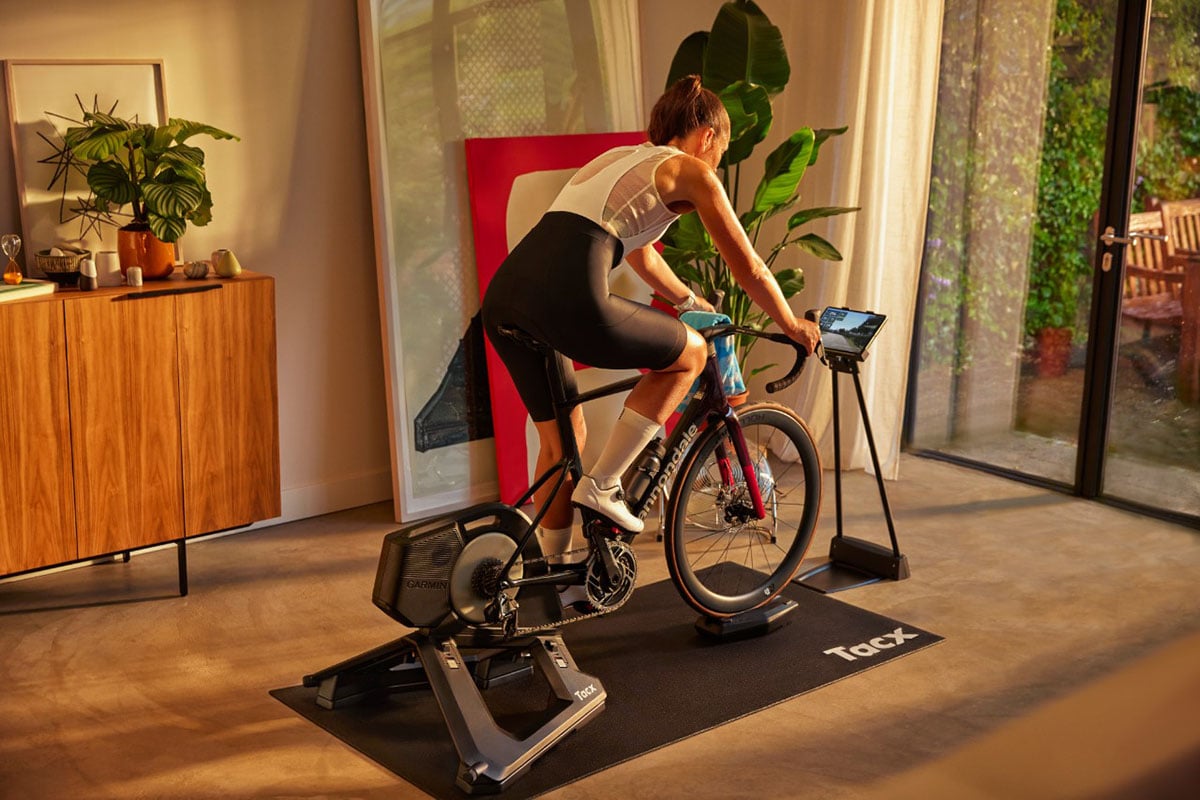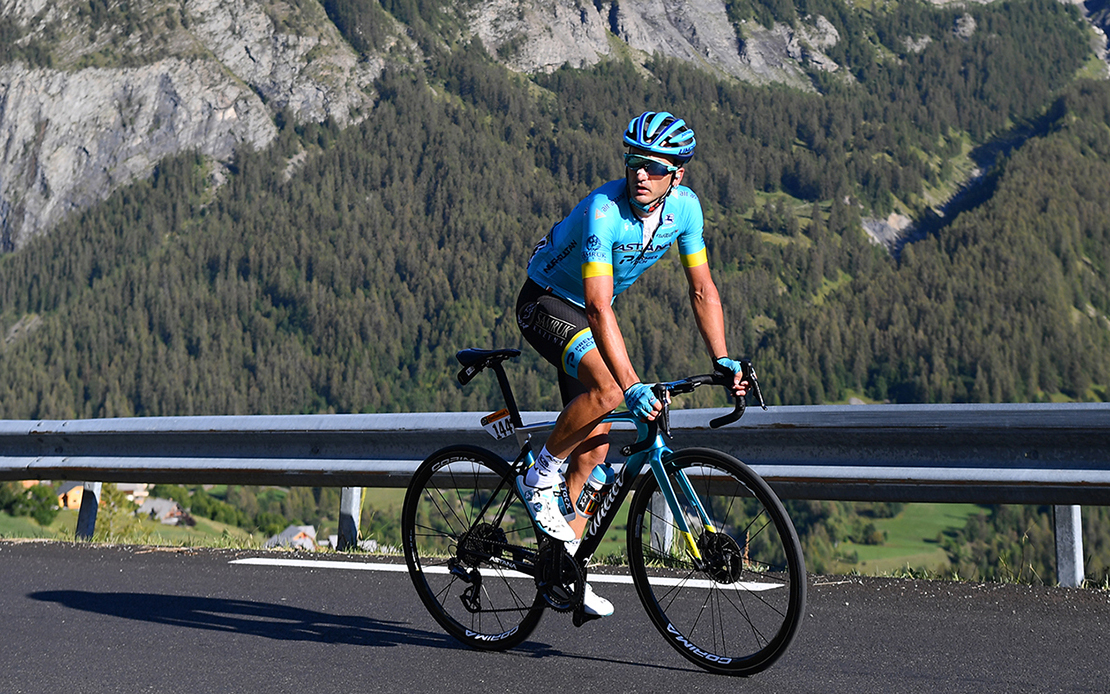
How to Climb Like a Pro!
The Tour de France is heading toward its final week. To have an edge over your competitors in these challenging rides, you need the right tools, and the Garmin ClimbPro feature provides just that. The Astana Pro Team explains how features like this on the Garmin Edge® help them during the biggest Grand Tour of them all.
Last year Garmin launched the groundbreaking ClimbPro feature. This unique feature for the Garmin Edge devices helps to guide and manage your effort up a climb. This is obviously very helpful when you train or race in mountainous terrain because it helps you to pace yourself during the whole ride. It’s easy to use – just upload the course in advance to your Edge and it will show a preview of the climbs ahead, how many climbs you will encounter and where they occur. This helps you to prepare for how to balance your energy and where to fuel your body for the upcoming challenges.
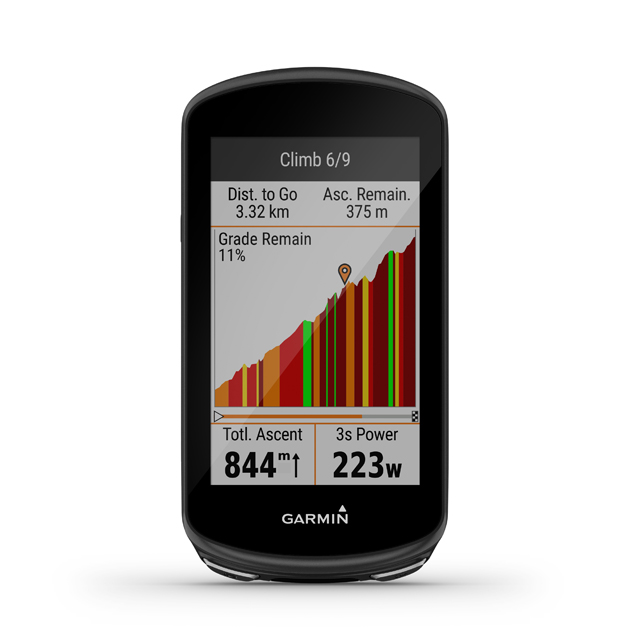
During your ride, a climb automatically triggers your Edge to switch to the ClimbPro screen. A colored graph will be shown with the profile of the climb, including the gradient segments – from green (flat) to dark red (very steep). Now you know exactly when and where you should adjust your effort. Something that is very important for the pro riders as well, according to Giacomo Notari, coach for the Astana Pro Team. “It tells the riders about the length and gradient of the climb, when they can expect the steeper parts and when the climb finishes. It is especially important when a climb is unknown to the rider. Sometimes they add new climbs to a Grand Tour that they have never done before, like the Col de la Loze, so this information is very important to them.”
Cutting Edge
The team also analyzes all the output from the Garmin Edge devices after a stage. “All the data is automatically uploaded into TrainingPeaks®. Basically, the most important data for us is the power output of the riders. Not only the average power and the normalized power, but depending on the stage, also their 1-minute power, 5-minute power and 20-minute power. This gives us a great insight of our riders’ performance, which is basically their power output. In a climb, for example, the rider with the highest watts per kilogram ratio* is the fastest. Strong climbers can go up to 6 watts per kilo and even more for a period of 20 to 30 minutes.” The team also use this data to prepare the riders in advance. If there is a demanding stage coming up or a stage with a climb finish, they tell them which power, more or less, they have to hold in the climb. This is mainly important for the leader or the rider who has to support him.

“Besides the power output, we also look at their cadence, in particular during stages with climbs. We don’t want them to ride with a low cadence on a climb because then they apply too much force to the pedals, and this costs too much energy. And we check their heart rate because that’s a good indicator to see how fatigued they are after a stage. Furthermore, we also check the amount of kilo joules they burned during their ride. This is especially important for the nutritionists so they can understand how demanding the stage was and what they need to eat in order to be ready for the next day.”
The Decisive Time Trial
For this year’s final stage before the run into Paris, it will be very interesting to see what will happen. After three very demanding weeks in the Tour, the riders will face an individual time trial that ends at La Planche des Belles Filles. It’s thrilling climb with an average grade of 8.5% and even a stunning 20% steep final part before the finish line. “Normally during time trials, we tell our riders what power target they need to hold on their Garmin Edge in order to have their best performance. In this case it will be hard, not only because of the challenging course, but also because of the condition of the riders. How fatigued are they? How hard did they ride in the stages before this time trial? So the power target will be a bit of guess work for us because we’re not sure how we will perform in advance. The feedback we get from our riders is then always very important.”
It will be a nail-biting final week of the Tour and the Astana Pro Team will push very hard to get the most out of it. “We are aiming this year for a podium in a Grand Tour and also winning several stages. This is good for the riders and for the team. The atmosphere in this team is like a family, so we are all very happy when our riders cross the finish with their hands up!” The extra help of the ClimbPro feature might just give them that little advantage they need to succeed.
*The power output divided by the body weight of the rider.
